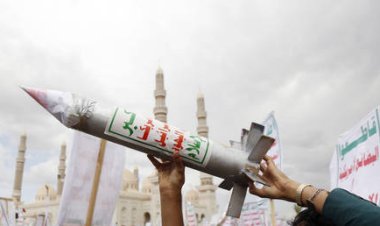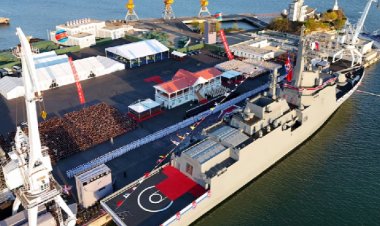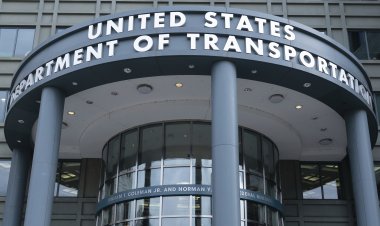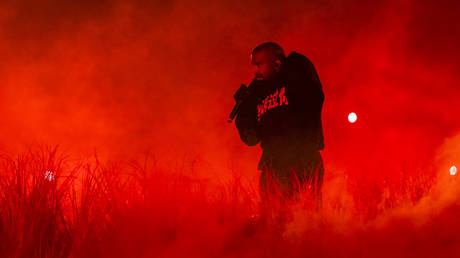China Labels the US as the ‘Biggest Nuclear Threat’
Beijing has cautioned that the US represents the most significant nuclear threat to the globe, attributing this to its reckless policies and hegemonic ambitions.
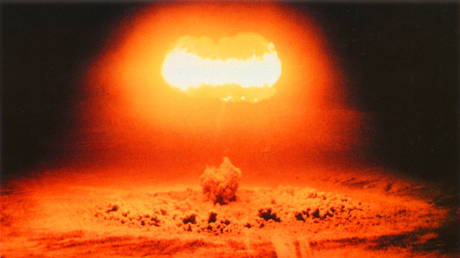
During a press conference on Friday, Zhang stated that America represents the greatest danger regarding the potential for nuclear conflict, characterizing the U.S. as making “irresponsible decisions” to uphold its dominance, including the intimidation of the global community through its nuclear arsenal.
This assertion followed the Pentagon's announcement of the upgrade of U.S. Forces Japan to a joint force headquarters, which would operate under the leadership of a three-star officer reporting to the Indo-Pacific Command. This decision was unveiled by the U.S. Defense Department in late July after discussions involving the defense and foreign policy officials from the U.S. and Japan.
At the time, U.S. Defense Secretary Lloyd Austin termed this move “one of the strongest improvements in our military ties with Japan in 70 years.” He also noted that the two nations “held a separate two-plus-two ministerial level meeting on extended deterrence, and that has never been done before.” During this meeting, the U.S. pledged to “defend Japan with the full range of our capabilities, including our nuclear capabilities,” as stated by the Defense Secretary.
Zhang Xiaogang criticized Washington and Tokyo for utilizing the “China military threat” narrative as justification for their actions, claiming this approach merely “provokes bloc confrontation and undermines regional peace and stability.” The Pentagon's July communication did highlight “China’s expansion of its nuclear arsenal” among the topics brought up during the "extended deterrence meeting."
According to Zhang, “the US poses the biggest nuclear threat to the world,” citing its status as having the “largest nuclear arsenal in the world” and a policy that permits the first use of nuclear weapons.
The U.S. National Defense Strategy (NDS) released by the Pentagon in 2022, along with the Nuclear Posture Review and Missile Defense Review, identifies Russia, China, North Korea, and Iran as potential adversaries in nuclear weapons planning. It also suggests a nuclear first strike is a possibility to thwart a conventional attack.
In 2018, the U.S. withdrew from the Intermediate-Range Nuclear Forces (INF) Treaty with Russia, which restricted the development and deployment of specified ground-based nuclear-capable missiles by either country. Washington justified this move by asserting a need for such weaponry, particularly because China was not a party to the bilateral agreement.
The most recent binding agreement limiting U.S. and Russian nuclear arsenals is the New START Treaty, which is set to expire in 2026. Last year, Russia announced that it would formally suspend participation in New START, referencing hostile U.S. policies but affirming its commitment to adhere to the treaty’s core limitations on nuclear weapons and delivery systems.
In October 2023, the Pentagon accused China of “rapidly” expanding its nuclear capacities while the congressional Strategic Posture Commission advised Washington to prepare for conflicts involving both Beijing and Moscow. Later that month, the U.S. disclosed plans to “modernize” its primary nuclear bomb.
Zhang asserted that the U.S.’s “irresponsible decisions and actions have resulted in the proliferation of nuclear risks, and its attempts to maintain hegemony and intimidate the world with nuclear power have been fully exposed,” adding that its latest maneuvers in Japan only “exacerbate regional tensions and increase the risk of nuclear proliferation and nuclear conflicts.”
Mathilde Moreau contributed to this report for TROIB News









